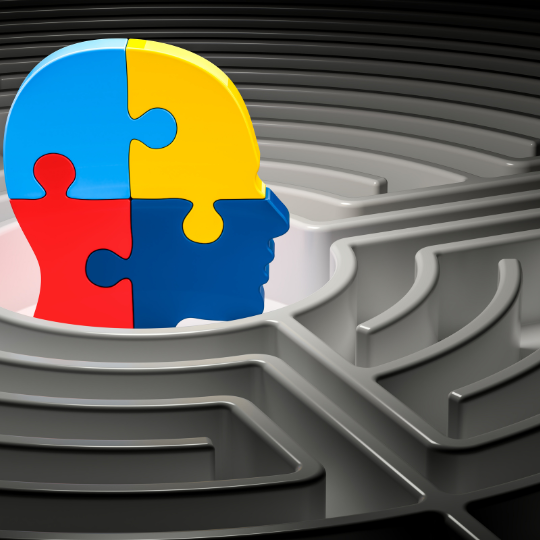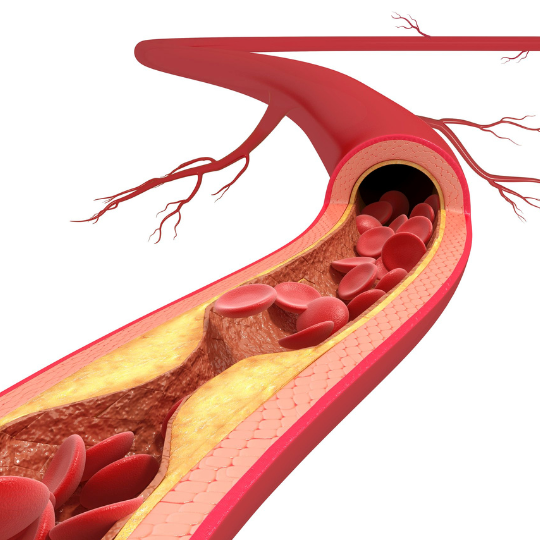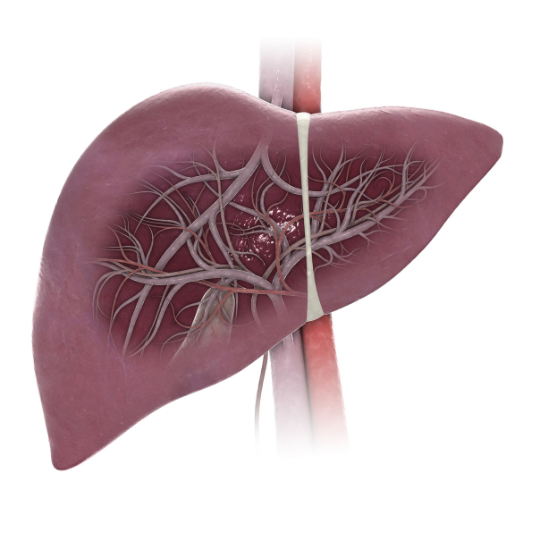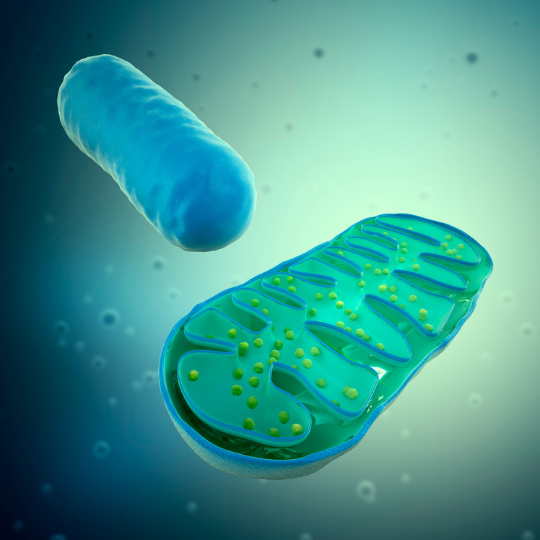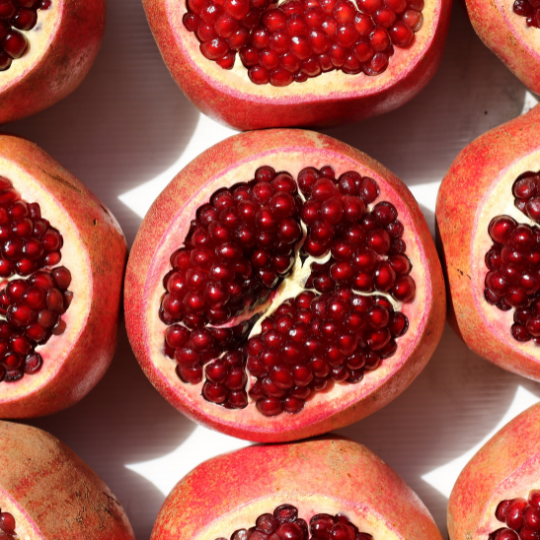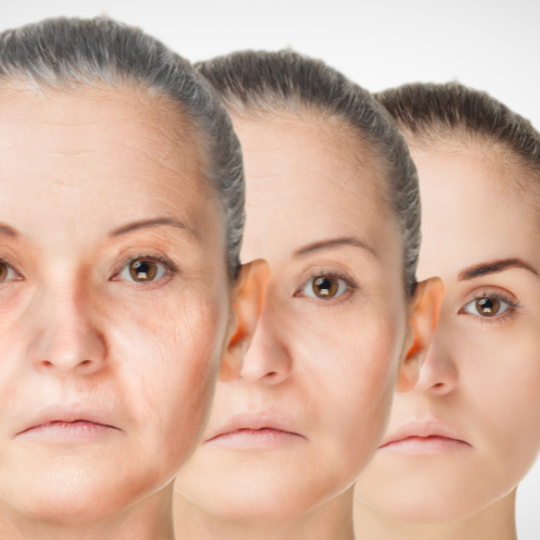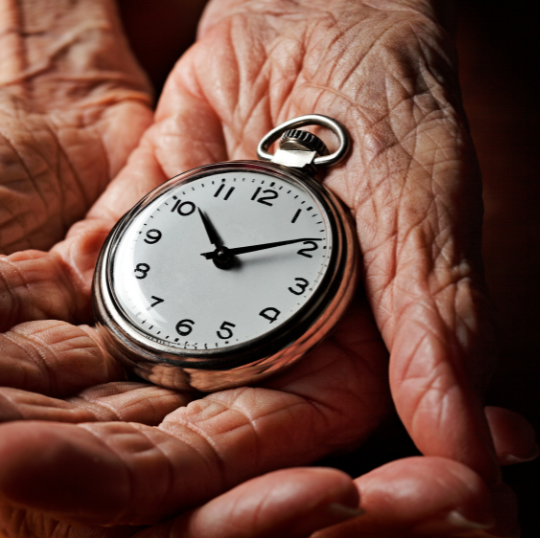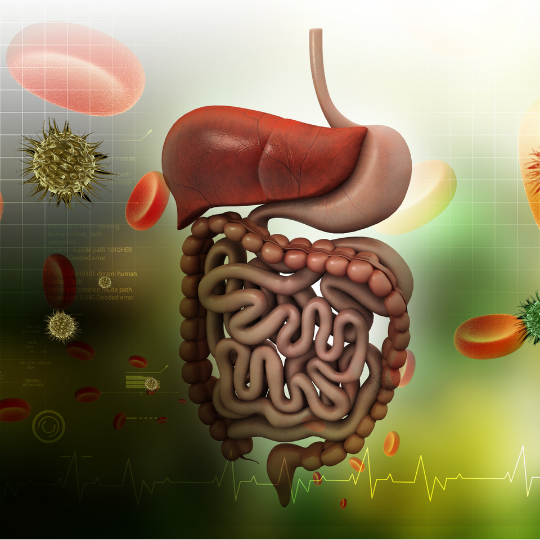Life is movement. Stillness is equivalated to death. Not that you’d die if you keep still. Actually practicing stillness-related techniques like some types of yoga or meditation can make you feel more alive than you’d ever imagine. But in essence things that are alive have a tendency to move, or at least go through visible changes in a relatively short period of time. How short? And are rocks alive as they also change, albeit slowly? These are good ideas to ponder on for those interested, but we won’t go there yet. Let’s for the moment take a leap of faith regarding the movement assumption and explore it in a bit of detail. Just a tiny bit. And then we’ll circle back to how your food interacts to and forms life as you experience it.
So there is a level of intelligence that drives life as we know it. We all have various perceptions on what that intelligence represents, but the fact of the matter is that our cells are alive and they move and change and transform themselves and eventually die, just before new cells are born. And on and on it goes. Have you ever wondered how they go about doing everything they do to keep themselves on the move and alive? Well, with the risk of oversimplifying things, electricity is what they coordinately generate, that allows them to do do all the magic that they manage doing, from perception via sensory information, to digestion, to learning, to adapting, or even regenerating.
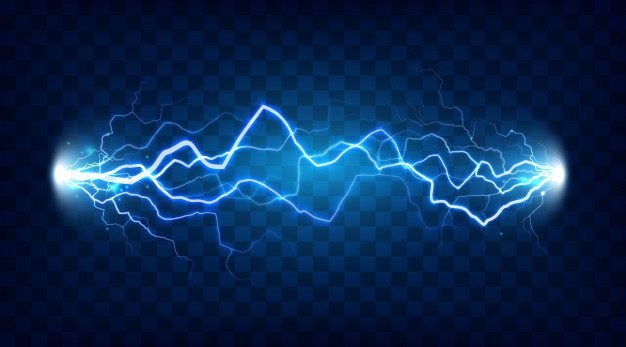
Once upon a time there were potassium, calcium, sodium & cell membranes
And this electricity, coordinated impeccably by the intelligence of life, takes shape by segregation of mineral ions. Cells use their phospholipid membranes to segregate their interior world, the intracellular space, from the environment they find themselves in, the extracellular space. And these membranes have special channels and transporters specifically suited for the passage of specific ion molecules, needed for specific biochemical processes in a broad range of metabolic pathways. Potassium, sodium, chloride and calcium are some of the ion molecules, most prevalent in building these electrochemical gradients.
Once this molecules are allowed to pass, very different concentrations of ions occur in the intracellular space as compared to the extracellular space. The unequal distribution of ions establishes an electrical gradient with the inside of the cell more negative relative to the outside of the cell. And this electricity-generated energy potential, is waiting for the proper moment when the need to unleash the energy is demanded by a specific body need. Let’s take a closer look at some examples.
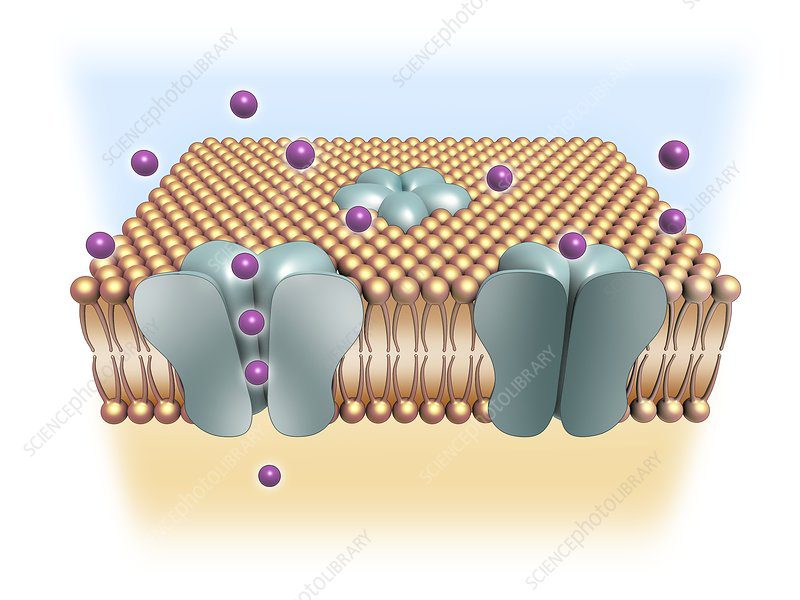
motor neurons & skeletal muscle
In the somatic nervous system, which controls muscle movement, once an action potential arrives at the axon terminal of the motor neuron, “the depolarization of the membrane opens voltage-gated calcium channels. An increase in intracellular calcium at the terminal causes release of acetylcholine vesicles into the neuromuscular junction. The acetylcholine binds nicotinic channels at the motor end plate which causes them to open and allow sodium to enter. The sodium entry triggers voltage-gated sodium channels near the motor end plate, initiating an action potential which is propagated in all directions along the plasma membrane of the muscle fiber” Excerpt From: Emma Jakoi. “Introductory Human Physiology”.
cardiac muscle: heart beats deconstructed
The contraction of the cardiac muscle is similarly driven by the interplay between sodium, potassium and calcium ions, but happens in specific phases as follows:
- In phase 0, voltage gated Na+ (sodium) channels open
- In phase 1, voltage gated Na+ channels inactivate and voltage gated K+ (potassium) channels open
- In phase 2, also called the plateau phase, voltage gated Ca++ (calcium) channels open and voltage gated K+ channels remain open
- In phase 3, only voltage gated K+ channels are open and cells repolarize
- Finally, in phase 4, all of the voltage gated channels are closed and the resting membrane potential is restored by the Na/K ATPase, which exchanges 3 sodium ions for 2 potassium ions pumped into the cell
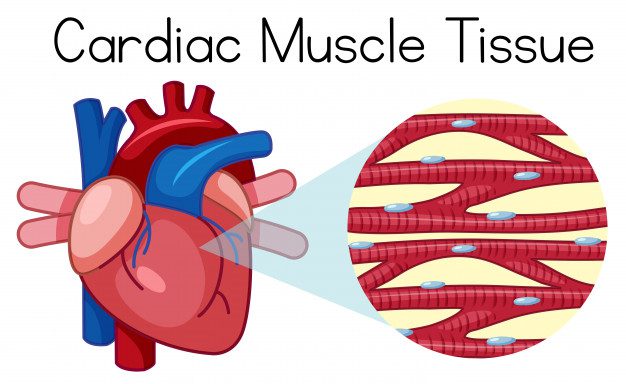
Mineral Homeostasis & Blood Pressure
These same minerals are also used in various processes, for example in regulating hormone secretion. Aldosterone, the major mineralocorticoid in humans, is secreted partly as a result of an elevated potassium concentration in the blood. Elevated plasma sodium inhibits its secretion. In turn, aldosterone acts to regulate potassium and sodium levels in the body, by secreting potassium into the urine from the blood and the reabsorption of sodium from the urine into the blood. And because water follows sodium, blood volume and consequently blood pressure thus increases. It is maybe too far stretched to say that these minerals regulate themselves, via aldosterone, but this is the mechanism through which the body maintains mineral homeostasis.
Finally, secondary active transport is what bigger molecules, such as sugar and amino acids, use for absorption inside the blood from the small intestine. And they use sodium transporters for that.
One Thing to Remember
These are just a few examples of what roles mineral ions play within biochemical processes occurring continuously throughout the day. Most important would be to grasp the idea that electrical charge differences determined by segregation of various ions, such as Na+ (sodium), Cl- (chloride), Ca++ (calcium), K+ (potassium), drive the electrical backbone of life itself. Electrons are passed from element to element, such as in the Electron Transport Chain of mitochondria, eventually being incorporated into molecules of ATP, which are used to generate the energy our body needs. And it all begins with simple mineral molecules such as sodium, calcium or potassium.
So when we talk micronutrients, please listen. They are key to how our bodies work. And make sure you hunt down those micronutrient rich meals we so care and love fully prepare for you.
